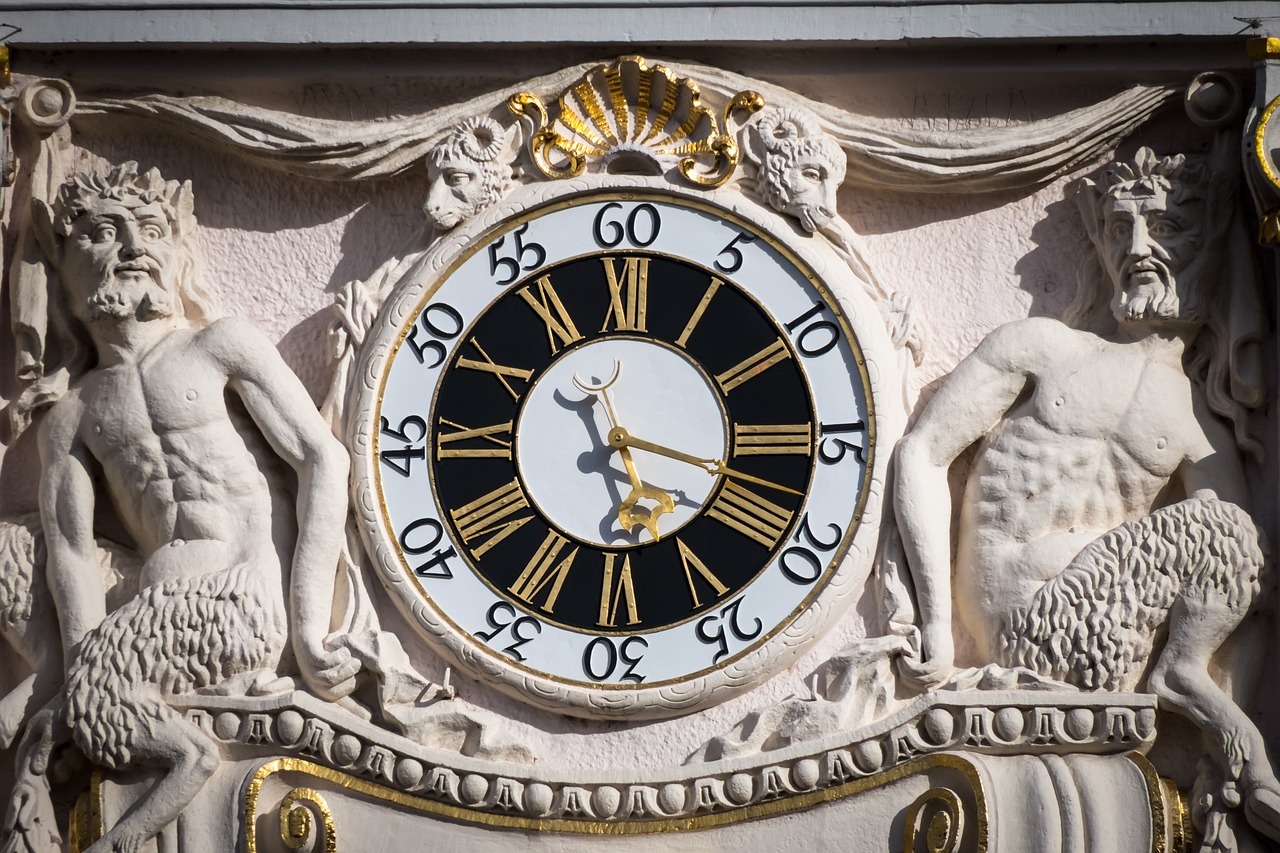Roman Mythology
-

Roman Religion: An Overview Roman religion, synonymous with Roman mythology, refers to the beliefs and practices held by the inhabitants of the Italian Peninsula from ancient times until Christianity emerged as the dominant faith in the 4th century CE, a period recognized as Classical antiquity. According to Cicero, a prominent Roman orator and politician, the…
-

In the Roman calendar, the yearly timeline included three distinctive days for each month: the Kalends, Nones, and Ides. The “Kalends” marked the beginning of the month, and this term is the root of the modern word “calendar”. The “Nones” signified earlier days within the month, tracing its origins to the word for “nine”, as…
-

Roman religion encompasses the beliefs, practices, and rituals practiced by the inhabitants of the Italian Peninsula from prehistoric times until the rise of Christianity in the 4th century CE, a period referred to as Classical antiquity. Cicero, the prominent orator and politician, asserted that the Romans excelled others due to their distinctive wisdom, acknowledging that…
-

The Significance and Evolution of Christian Faith Why is faith, known as pistis or fides in the classical languages, vital to Christians? What does it signify, and how was it practiced within early Christian communities? Are the concepts of Christian faith fundamentally different from the divine-human pistis/fides found in Greek, Roman religions, or ancient Judaism,…
-

The Lares, revered spirits of the deceased in ancient Roman culture, held a pivotal role in domestic worship. Their observance originated from the practice of interring ancestors within homes—a tradition that continued until disallowed by the Twelve Tables. Each household was assigned a lar familiaris, a protective spirit who safeguarded the family’s lineage. This figure,…
-

Terminus: The Roman Protector of Boundaries In Roman mythology, Terminus stands as the deity presiding over boundary markers that define the edges of properties and communities. The very name of Terminus derives from the Latin word for boundary stone, illustrating the explicit connection between the god and these significant markers. Romans considered the placement of…
-

Welcome to another chapter in our series, “Deities of Good Fortune.” Previously, we examined figures such as St. Anthony, Ekeko, Lakshmi, Mami Wata, and the Seven Lucky Gods. Today, we turn our focus back to the ancient Roman world and explore the intriguing Roman Goddess known as Fortuna. In our exploration, we must acknowledge the…
-

Roman religion, also referred to as Roman mythology, encompasses the beliefs and rituals observed by the inhabitants of ancient Italy from the early days until the rise of Christianity in the 4th century CE. This era is categorized as Classical antiquity. Nature and Importance According to Cicero, a notable orator and politician, the Romans possessed…
-

The Protector of Boundaries: Terminus Terminus, revered as the Roman deity of boundaries, represented the stones known as termini that defined property lines. This worship dates back to King Numa, where rituals were held at these boundary markers. Community members gathered during the ceremony, wherein the designated spot for the stone was consecrated with the…
-

Roman Sculpture of Bacchus in the Boboli Gardens Time Period: 1st – 2nd Century A.D. Location: Storage room of the Boboli Gardens, also known as “Stanzonaccio” Material: Greek medium-grained marble Dimensions: Height 176 cm (including plinth) Inventory Number: Boboli Gardens no 220 This captivating sculpture depicts the youthful god Bacchus, equivalent to the Greek Dionysus,…


